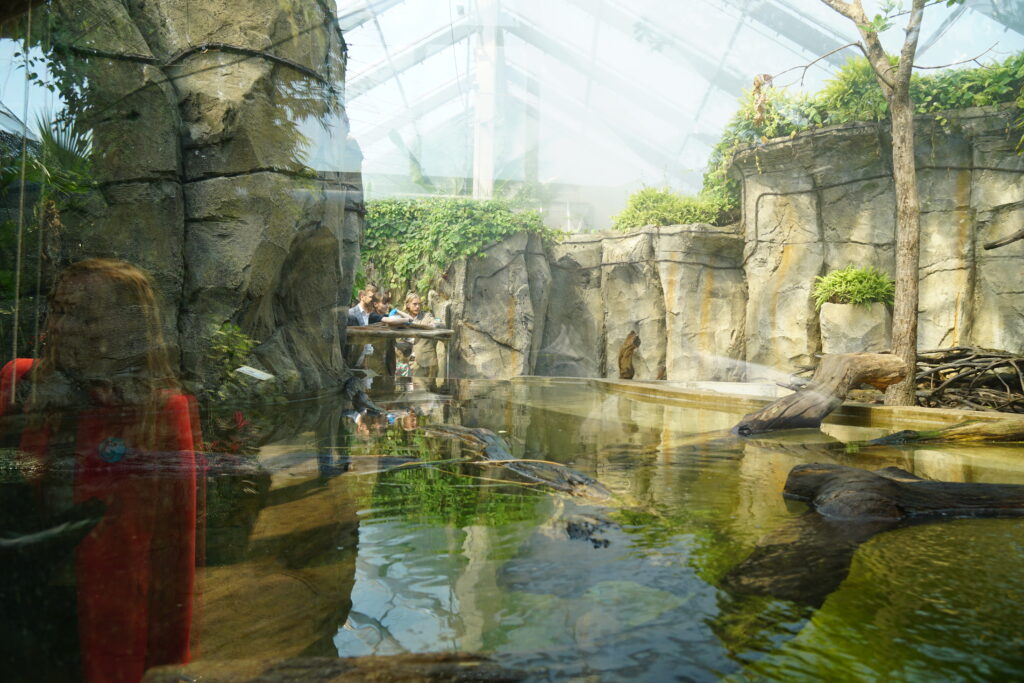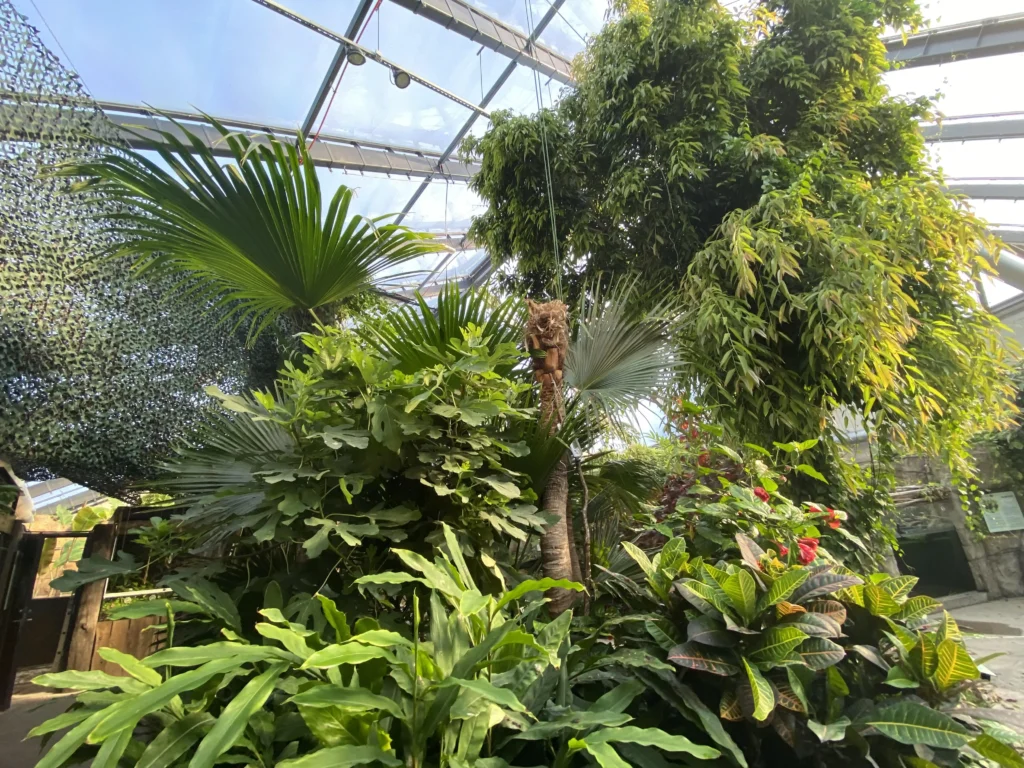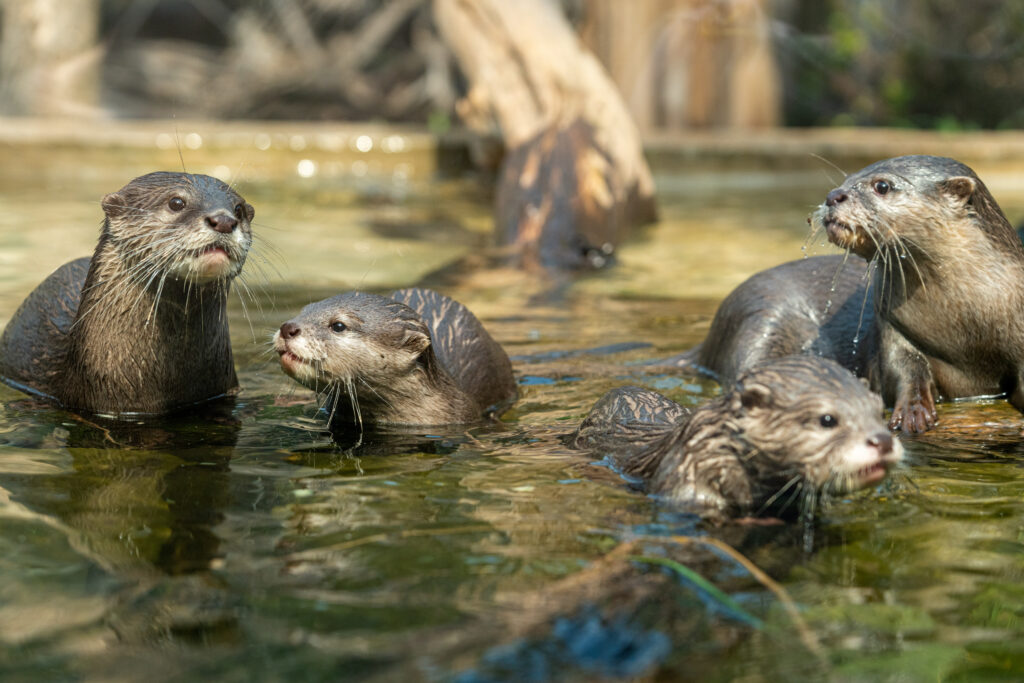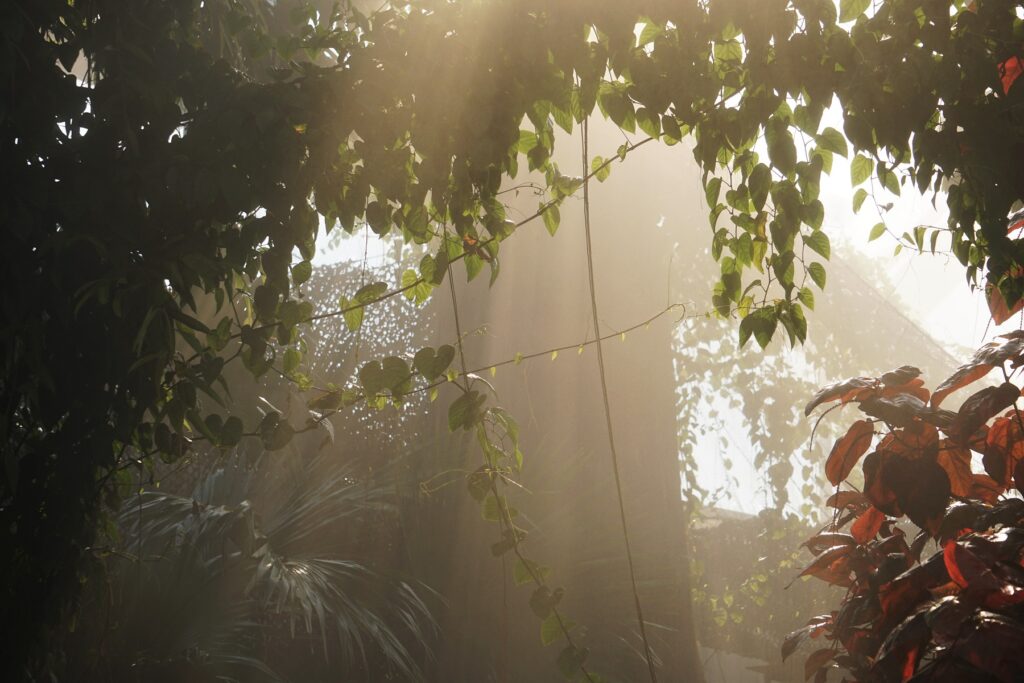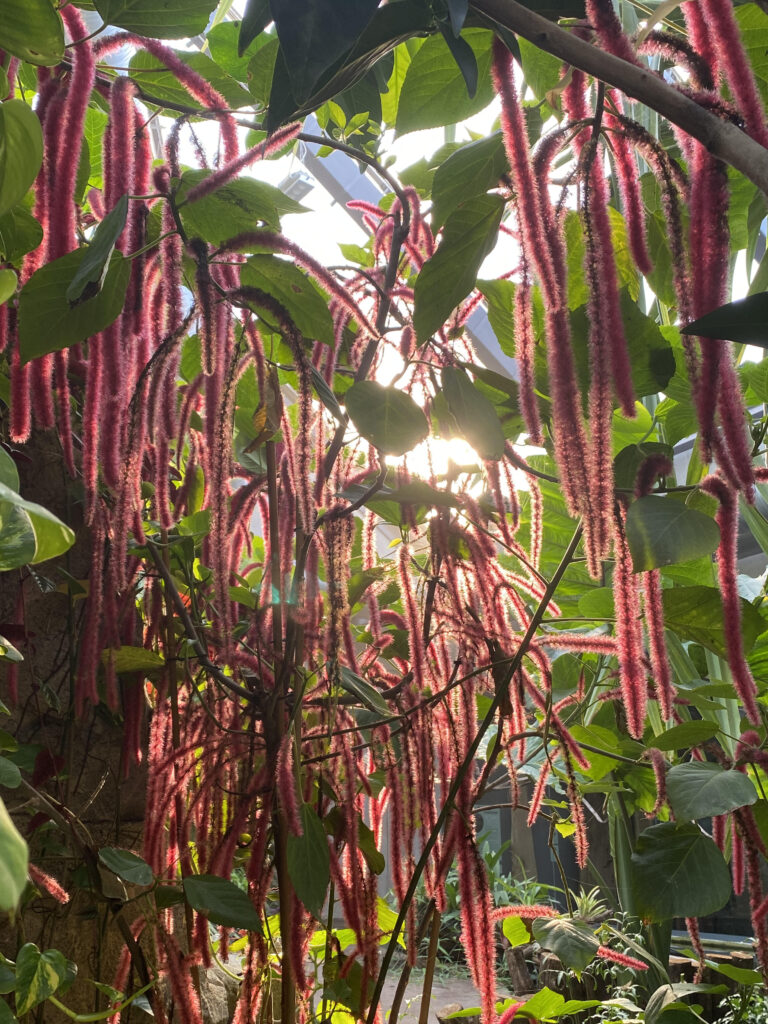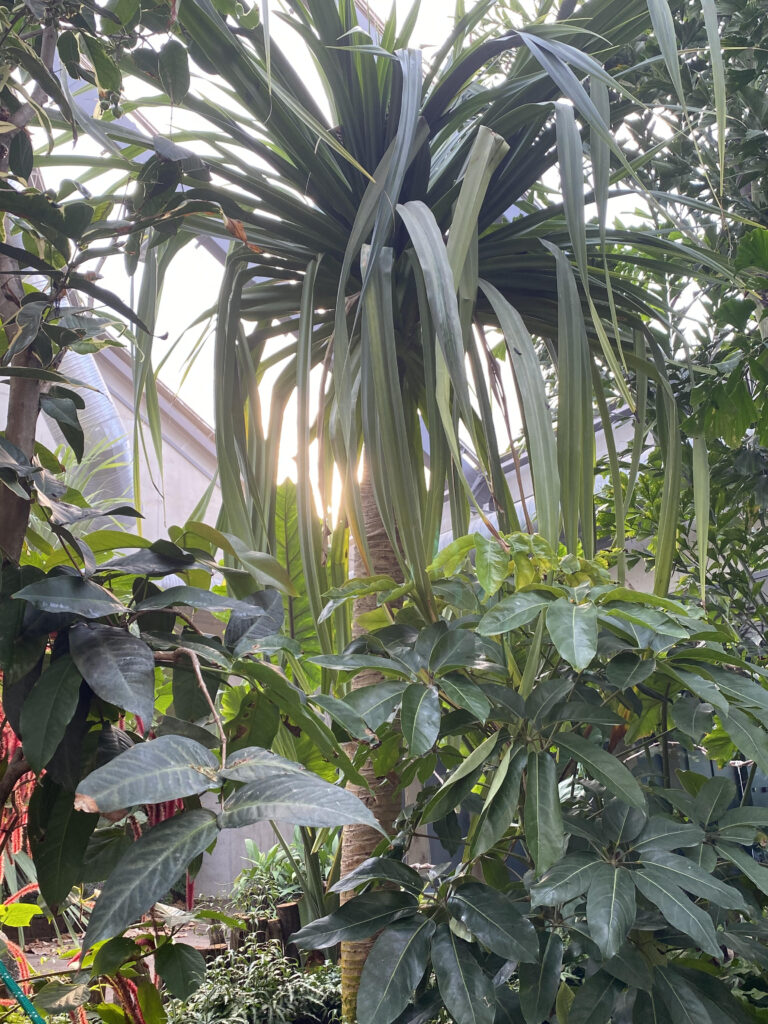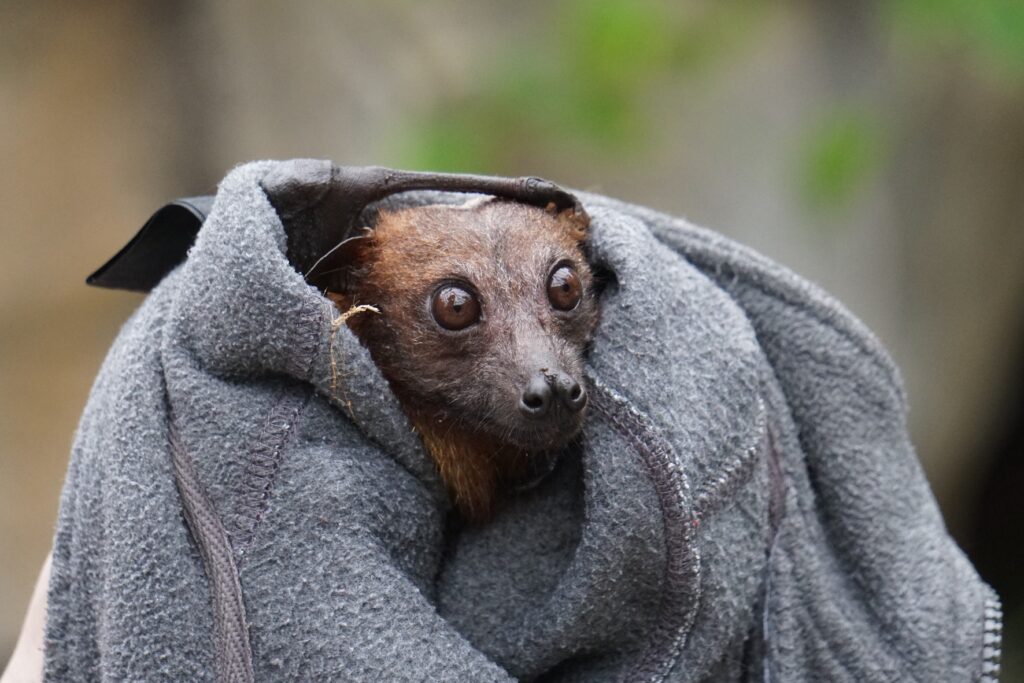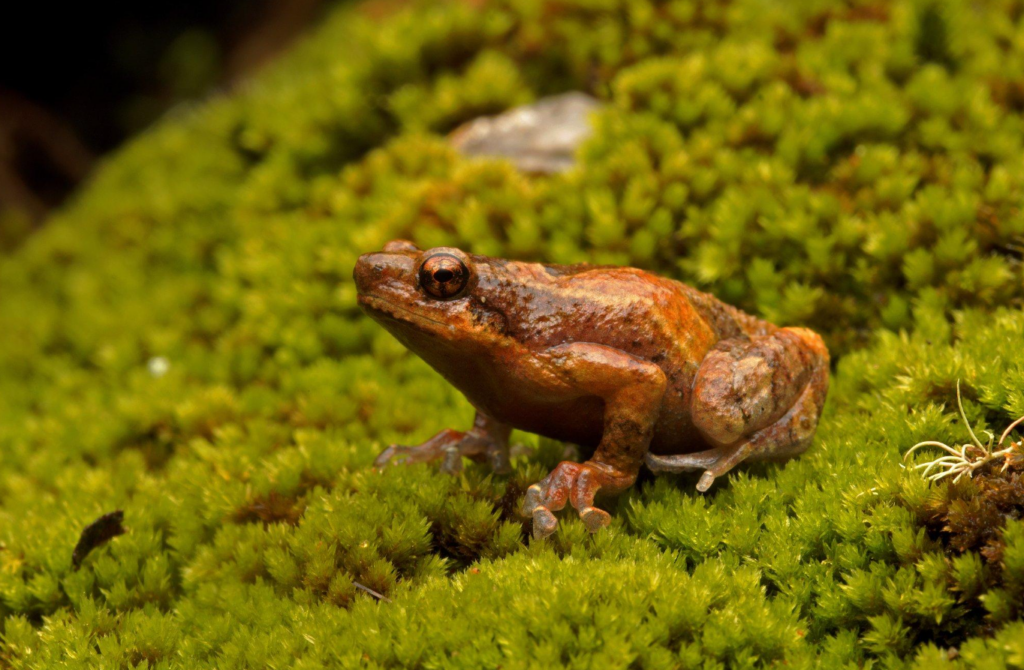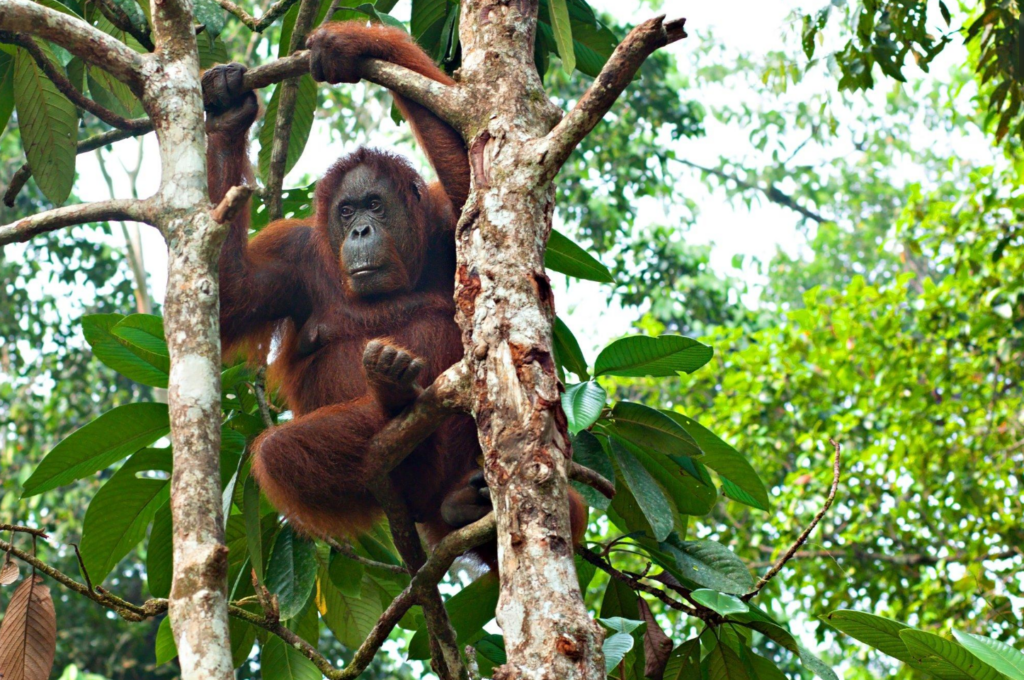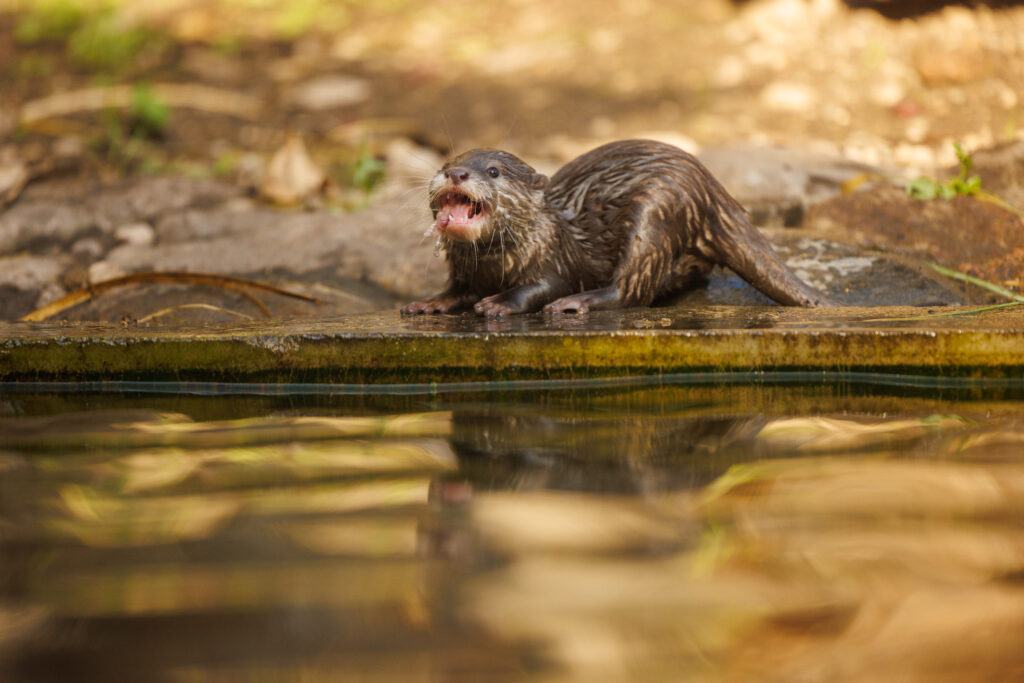
Welcome to a World Immersed in Greenery!
A tropical rainforest is a world immersed in greenery, where visitors are welcomed by dense vegetation and can experience a multitude of wonderful encounters. The new Southeast Asian Rainforest exhibition offers a unique experience of the rainforest’s biodiversity and wildlife, where a variety of animals that thrive in the warmth and humidity of the jungle can make their home among the climbing, hanging and towering jungle plants.
The Southeast Asian Rainforest journey begins in the darkness of the night, with the chirps of birds and animals calling in the night, accompanied by the hissing of insects. The only source of light in the forest at night are glowing insects. However, the ground in a tropical forest is not always flat and mysterious and unexpected bends must be taken into account.
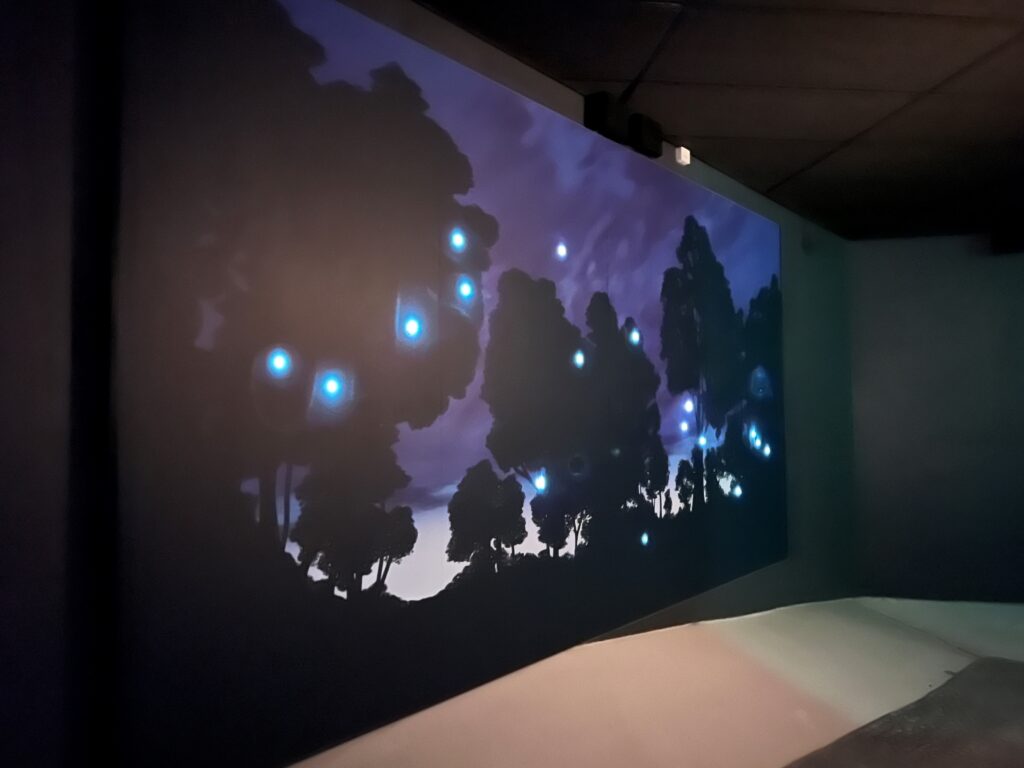
Walking out of the mysterious twilight of the rainforest at night, the day suddenly arrives, greeted by tropical rainfall, tropical heat and wild vegetation. Moving on in the tropically humid conditions, you may spot the industrious inhabitants of the rainforest, who can be seen bustling about freely in the lush vegetation. A silver pheasant or a Nicobar pigeon may sneak up on you from the thicket of bushes.
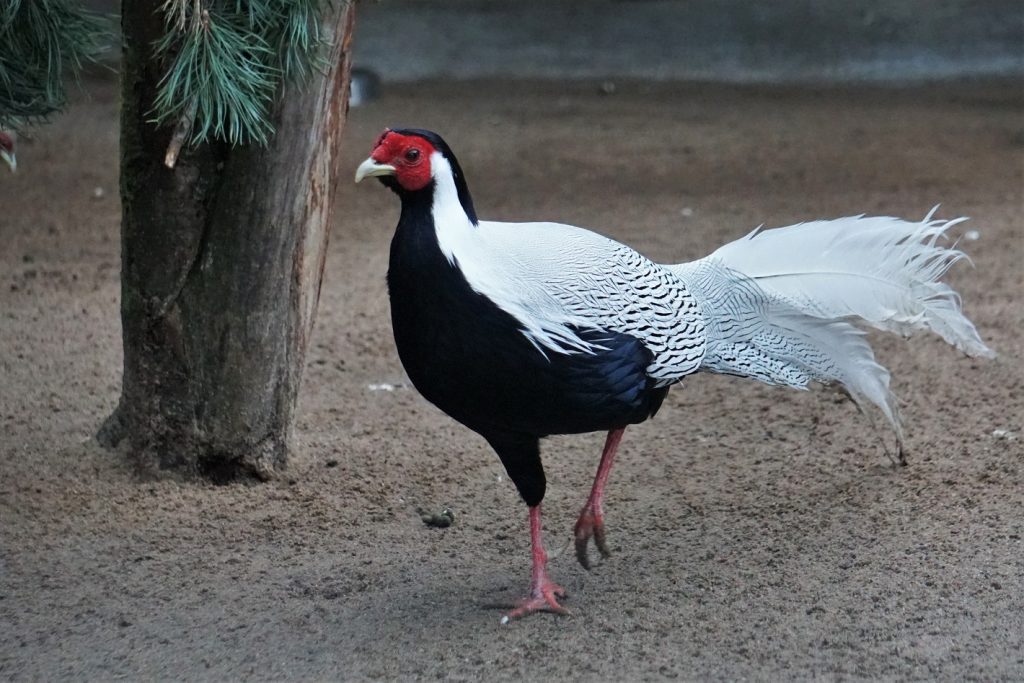
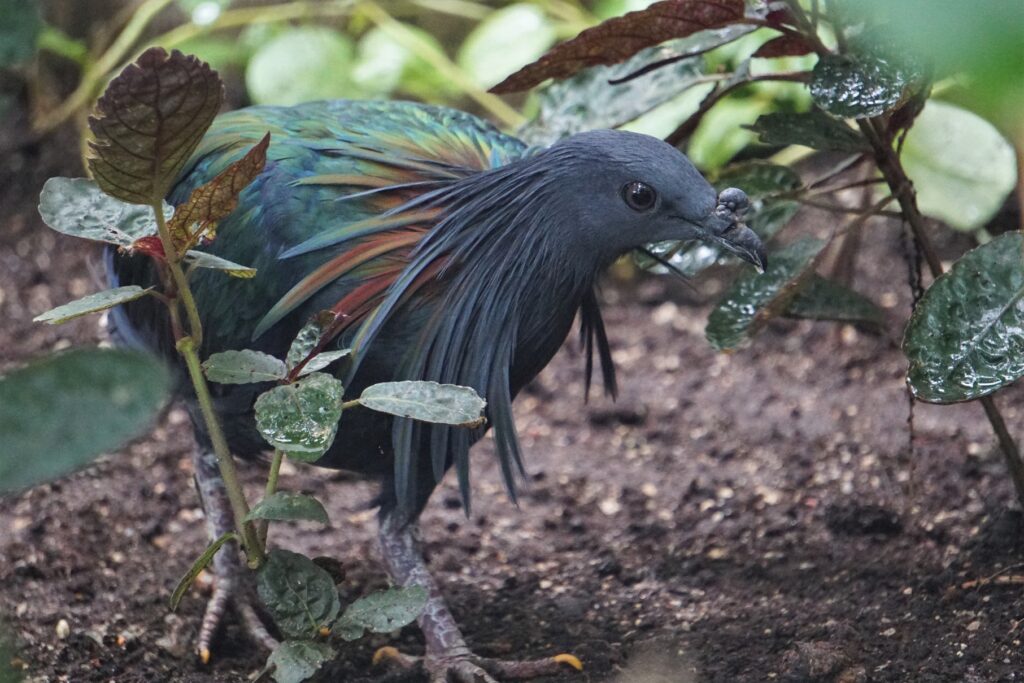
If you look around the exhibit, you can spot a colony of Lyle’s flying foxes hanging from the trees. With their long noses, big eyes and pointed ears, the flying foxes attach themselves head downwards to trees or nets and flap their wings and move their ears constantly. Sweet fruits are a favourite treat for the flying foxes, and they often like to munch on them.

Southeast Asian carnivores make themselves at home among the display that is bordered with a rock fence. From the pools, you might catch a family of Asian small-clawed otters or Fishing cats enjoying the water. Fishing cats are nocturnal by nature and can be spotted in the wild near wetlands, rivers, streams and mangroves. They can swim for long periods, even under water.
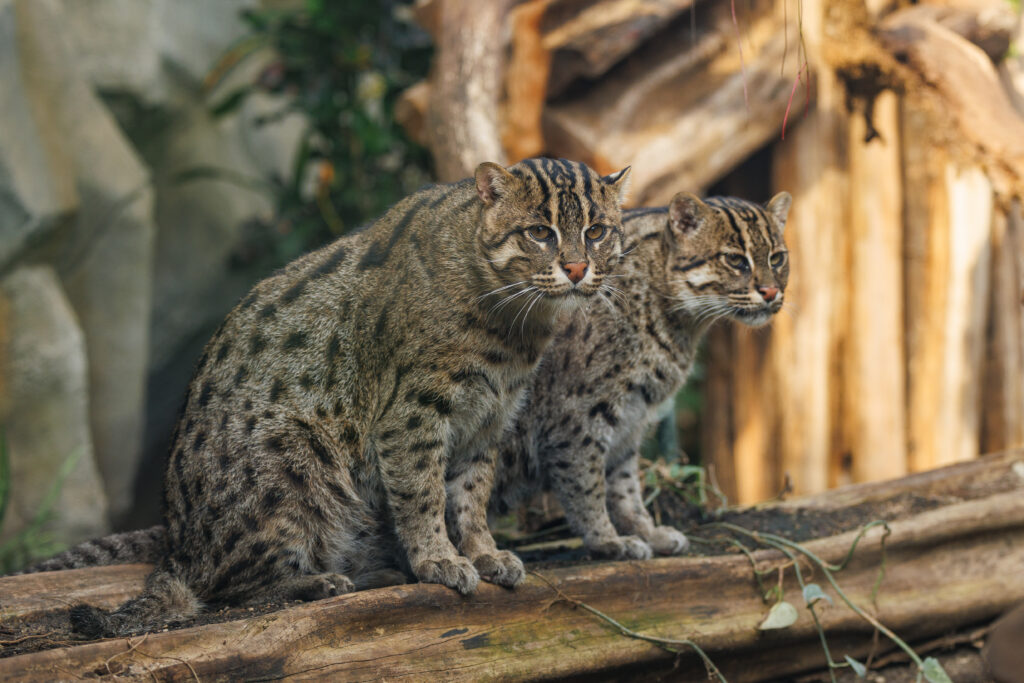
The Asian small-clawed otter may be the smallest of the world’s otter species, but it is not lacking in otterish, fun-loving energy. Female Rachel and male Joey, who arrived in Tallinn from different zoos, made friends quickly and just three months after meeting, the youngsters became parents for the first time! Now, the playful and extremely social pincers always move in packs together.
Energetic otters share their apartment with easy going binturongs, who love a long day’s sleep and an active nightlife. Binturong resembles a cat, a bear and a sloth at the same time. Binturong, with its leisurely pace of life, is a surprisingly dexterous climber for its stout body, using its tail as a fifth limb, to climb trees.
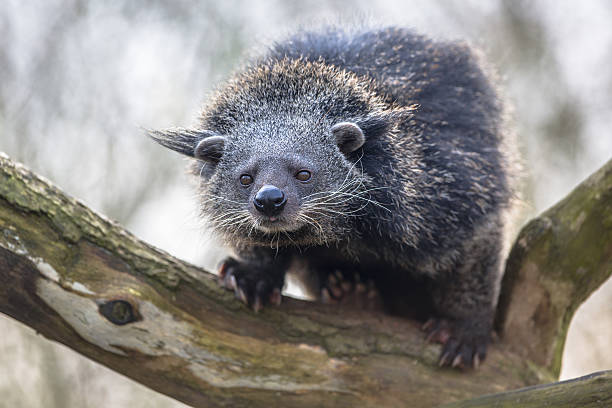
The beautiful melodies of the bali myna are a testimony to this life. Three colourful birds with bright white plumage complement their songs with varied choreography. The birds show off their feathered plumage, puffy breast feathers and foliage-like open tails to nod-like movements.
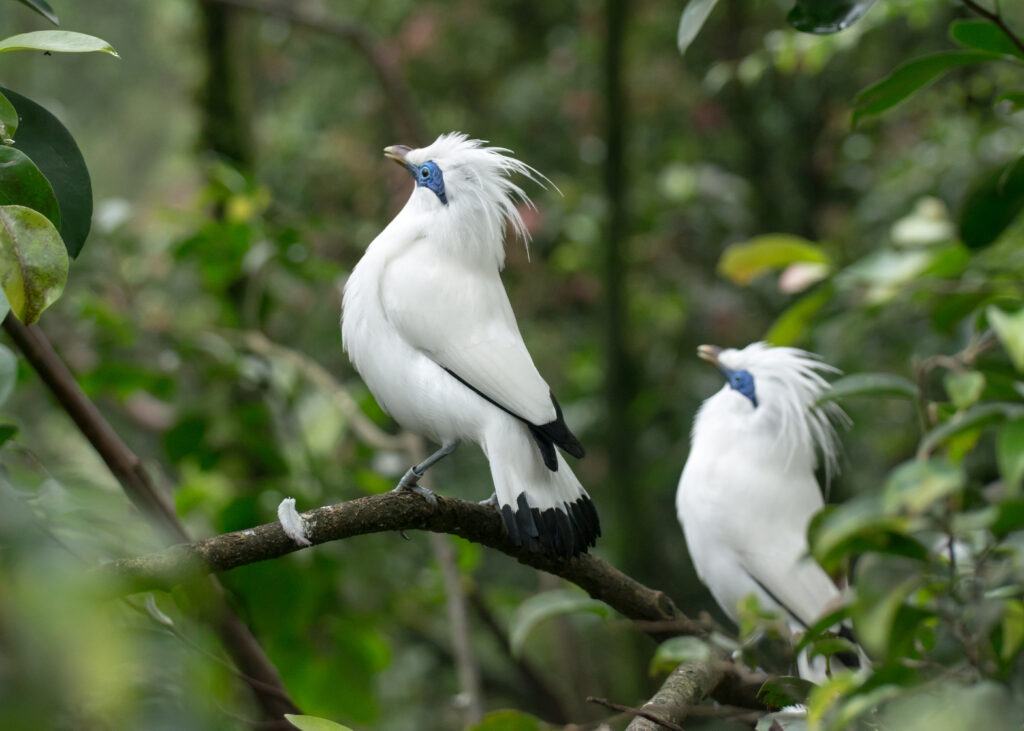
The inhabitants of the Southeast Asian Rainforest exhibition
Tallinn Zoo’s Southeast Asian Tropical Rainforest Exposition Building was built by Ehitus5ECO OÜ and designed by ConArte OÜ. The total cost of the project is €5.45 million, including €2.49 million from the European Regional Development Fund (ERDF) and €2.96 million from the budget of the City of Tallinn.

Stories about the creation of the exhibition


Articles about the inhabitants of the exhibition

Notice:
- While the exotic species of the rainforest would feel at home in our climate, visitors are greeted by a hot and humid environment of water vapour, enhanced by the rays of the Estonian sun shining through the glass roof.
- Take your time when exploring the mystical night alley in the exhibition. There are many mysterious creatures lurking about!
- Please be sure to watch you step when exploring the rainforest exhibition! The wet floorboards may be slippery as they are made of wood.
- The greenery is still gathering its strenght, with plants flown in from afar needing time to grow and intertwine together to give the greenhouse-like exhibition hall a wilder look.
- A tactile house plan to the left of the entrance, a relief guideway along the walkway and information panels in Braille facilitate movement for the visually impaired and blind. Visitors with hearing impairments are assisted in their rainforest experience by a signposted induction amplifier with loop located in an interactive gallery. Sloping surfaces facilitate the passage of visitors with reduced mobility and a disabled toilet is located in the restaurant area.

